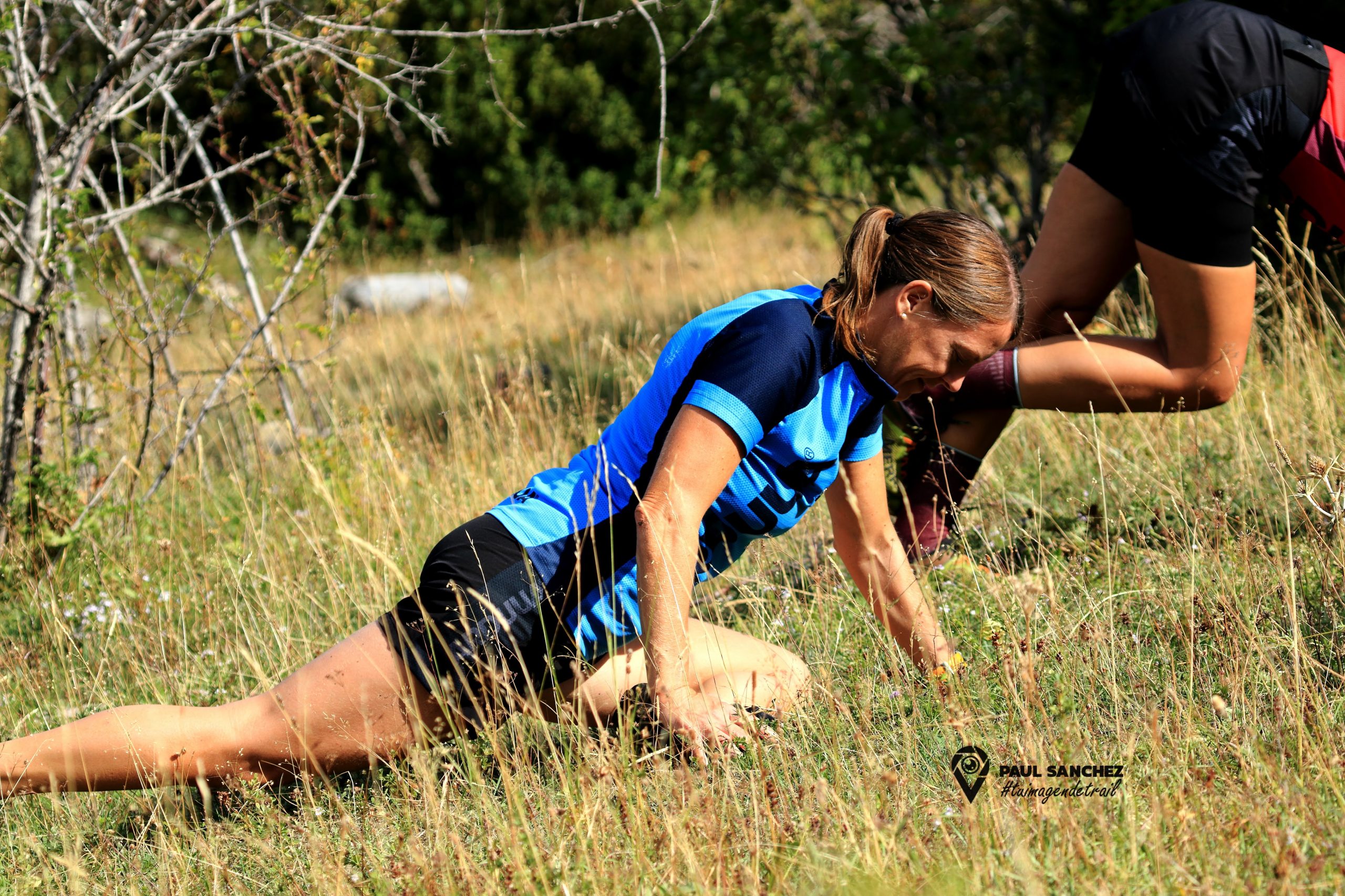How to Prevent Trail Running Injuries: A Practical Guide
Trail running, especially ultra-trail running, demands endurance, strength, and a deep love for the mountains. But no matter how passionate you are about the sport, one thing can set you back—injury.
Many runners believe that injuries are inevitable, but the truth is, most can be prevented with the right approach. A research review by Taunton et al. highlights key risk factors that lead to running-related injuries and, more importantly, provides practical, science-backed strategies to keep runners strong and injury-free.
This guide will help you understand why injuries happen and how to avoid them, covering everything from training mistakes and biomechanical imbalances to footwear choices and strength training. If you’re serious about staying healthy and performing your best on the trails, keep reading.
Why Do Ultra-Trail Running Injuries Happen?
Running injuries occur when stress on the body exceeds its ability to recover and adapt. They typically stem from a combination of intrinsic factors (your body’s natural mechanics) and extrinsic factors (training habits and environment).
Key Factors That Contribute to Injury
✅ Training Mistakes – The #1 cause of injury is increasing mileage or intensity too quickly. A sudden jump in distance, speed, or hill work leads to overuse injuries.
✅ Poor Running Biomechanics – Misalignment in the legs, hips, and feet can place excess strain on muscles and joints, making runners more prone to injury.
✅ Weakness & Muscle Imbalances – Limited strength and flexibility in the core, hips, and lower limbs increase the likelihood of strains, tendinitis, and stress fractures.
✅ Improper Footwear – Running in shoes that don’t fit your foot type or using worn-out trail shoes can lead to knee pain, shin splints, and plantar fasciitis.
✅ Training Surfaces & Terrain – Uneven, technical trails can put extra stress on your ankles, knees, and hips, especially if you don’t allow for proper adaptation.
✅ Lack of Recovery – Not giving your body enough time to rest and rebuild increases the risk of overuse injuries, fatigue, and long-term setbacks.
How to Prevent Ultra-Trail Running Injuries
The good news? Most running injuries are preventable with the right approach. Follow these evidence-based strategies to run longer, stronger, and injury-free.
1️⃣ Follow a Smart, Gradual Training Plan
✔️ Increase mileage and intensity gradually (max 10% per week).
✔️ Balance running days with active recovery and cross-training.
✔️ Listen to early signs of discomfort and adjust training accordingly.
2️⃣ Optimize Your Running Biomechanics
✔️ Identify weaknesses & imbalances with a Running Biomechanics Analysis.
✔️ Consider custom orthotics or heel lifts to improve alignment.
✔️ Work on running form to enhance efficiency & reduce strain.
3️⃣ Strengthen & Mobilize Key Muscle Groups
✔️ Focus on core, hip, and lower-leg strength to stabilize your stride.
✔️ Include eccentric exercises (like heel drops & single-leg squats) to prevent injury.
✔️ Stretch after workouts, but don’t rely on stretching alone for injury prevention.
4️⃣ Choose the Right Running Shoes
✔️ Select trail running shoes that match your foot type & biomechanics.
✔️ Replace shoes every 500-700 km to maintain proper support.
✔️ Consider switching between different shoes for varied terrain.
5️⃣ Adapt to Trail Conditions Gradually
✔️ Introduce new terrains (hills, technical trails) progressively.
✔️ Allow time for your body to adjust to harder or looser surfaces.
✔️ Practice controlled downhill running to reduce impact forces.
6️⃣ Prioritize Recovery & Overall Health
✔️ Get enough sleep, hydration, and proper nutrition to aid muscle repair.
✔️ Use rest days & deload weeks to prevent overuse injuries.
✔️ Manage stress levels—mental fatigue can affect your running mechanics.
Final Thoughts: Run Smart, Stay Injury-Free
Preventing injuries is not about luck—it’s about strategy. The best runners understand their weaknesses, optimize their biomechanics, and follow smart training principles.
💡 Want to take a scientific approach to injury prevention?
📌 Download the full research review on preventing running injuries here.
How Can We Help You?
At Arduua, we’re here to help you train smarter, stay injury-free, and become a stronger, faster, and healthier trail runner.
🏔 Looking for structured, professional guidance?
✅ Sign up for our Trail Running Online Coaching for a personalized training plan designed by expert coaches.
🔍 Need a deeper, more detailed assessment of your running form?
✅ Learn more about Why Running Biomechanics is Essential for Trail Runners aand how Arduua can help by providing expert insights into your movement patterns, helping you optimize performance and minimize injury risks.
📩 Stay updated on injury prevention tips & expert trail running insights—subscribe to our newsletter in the footer of this webpage!
🏃♂️ Let’s hit the trails, injury-free!
/ Katinka Nyberg, Arduua Founder & David Garcia, Arduua Coach


